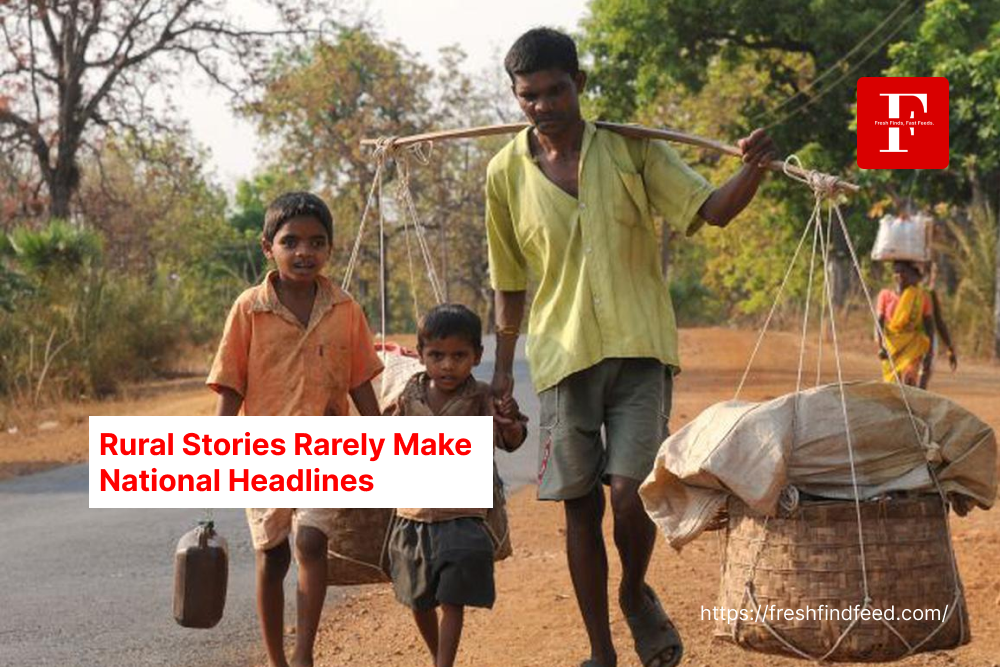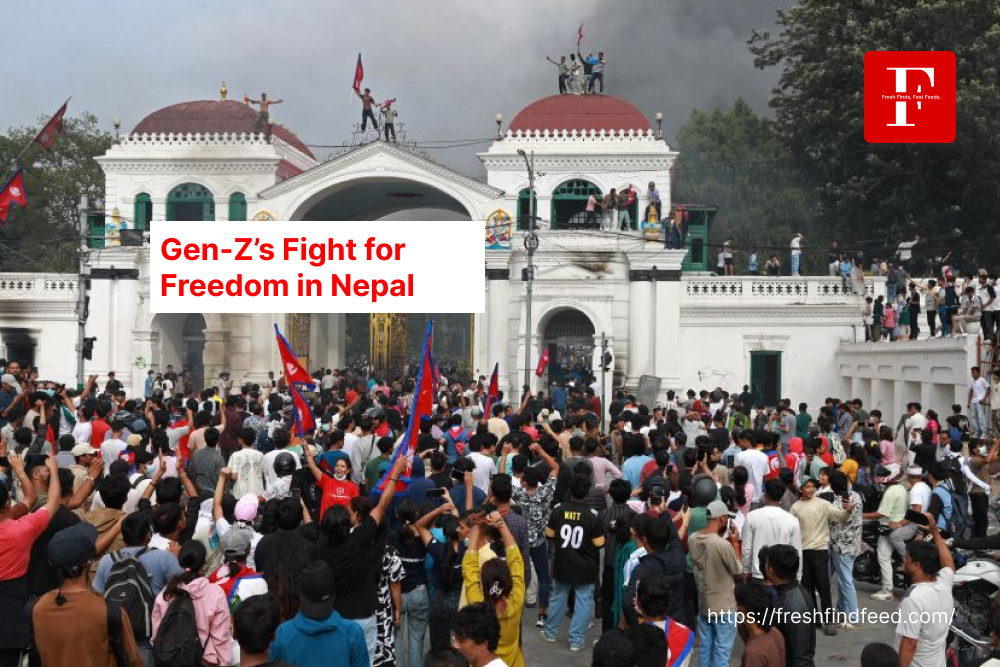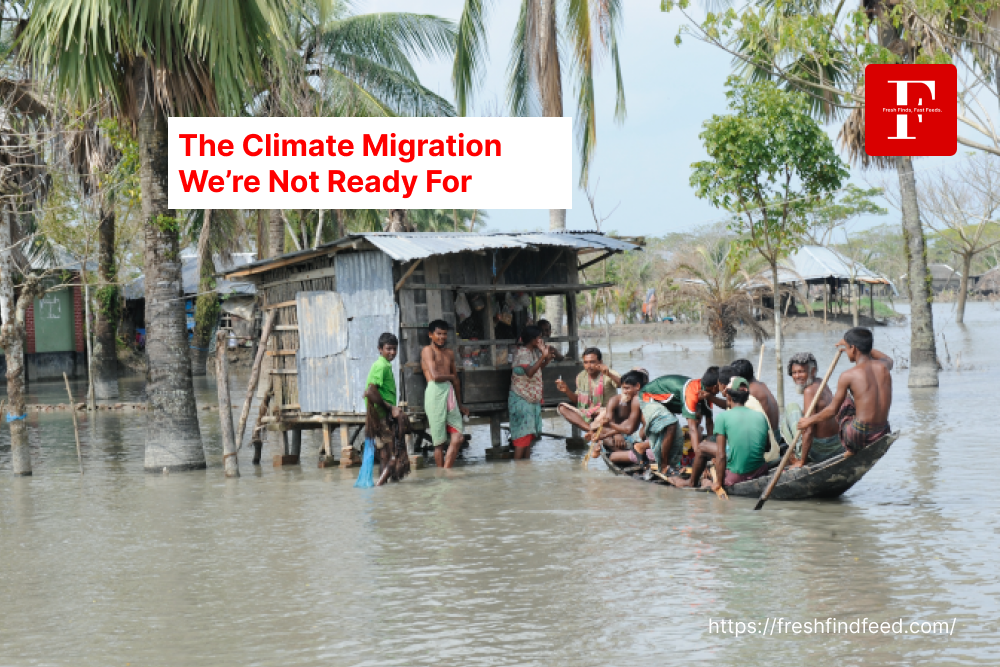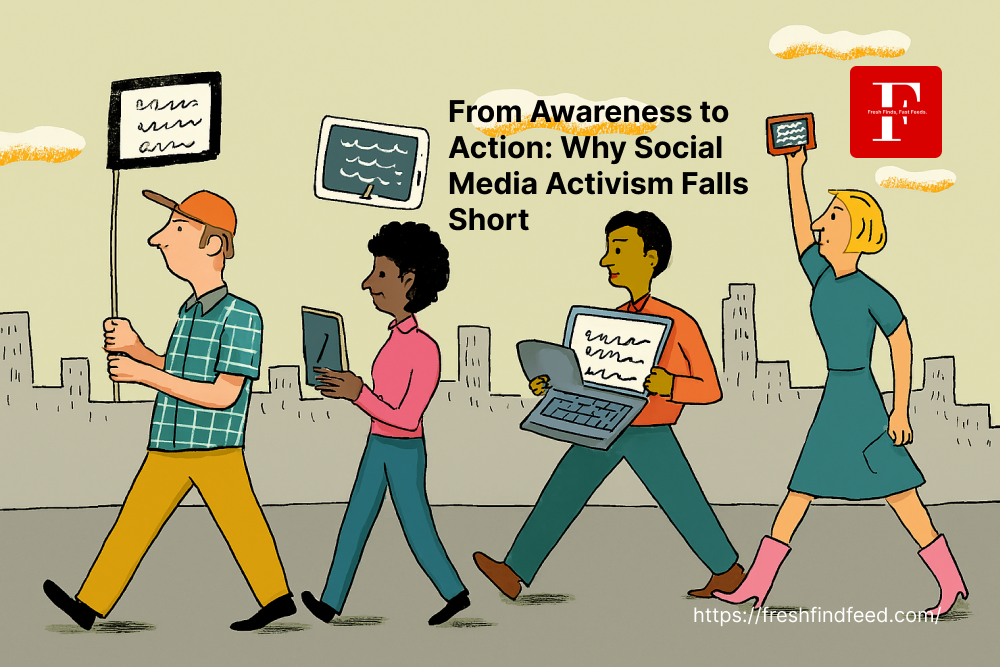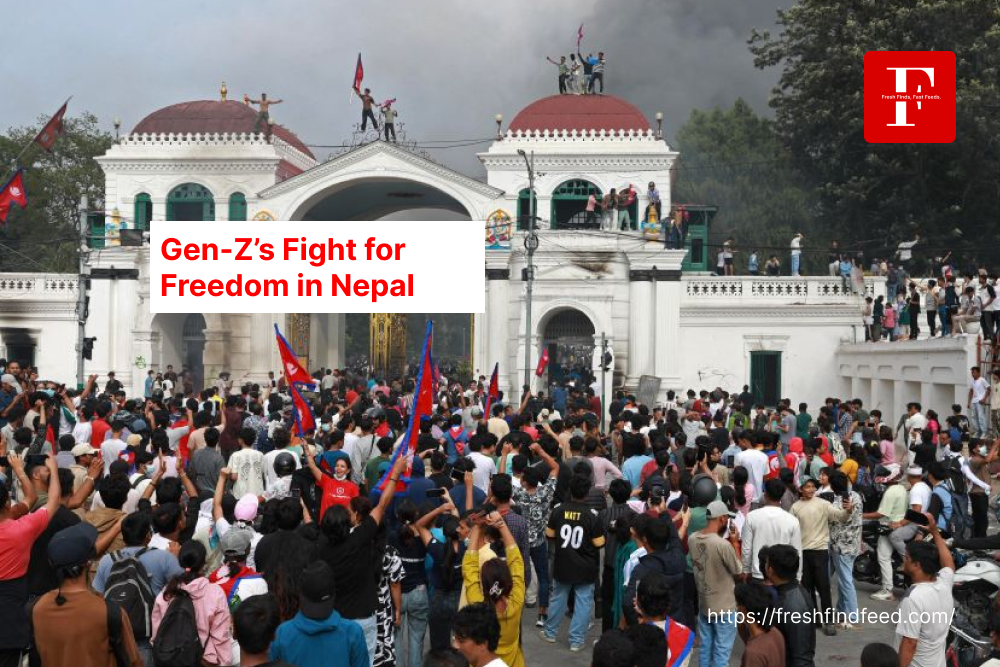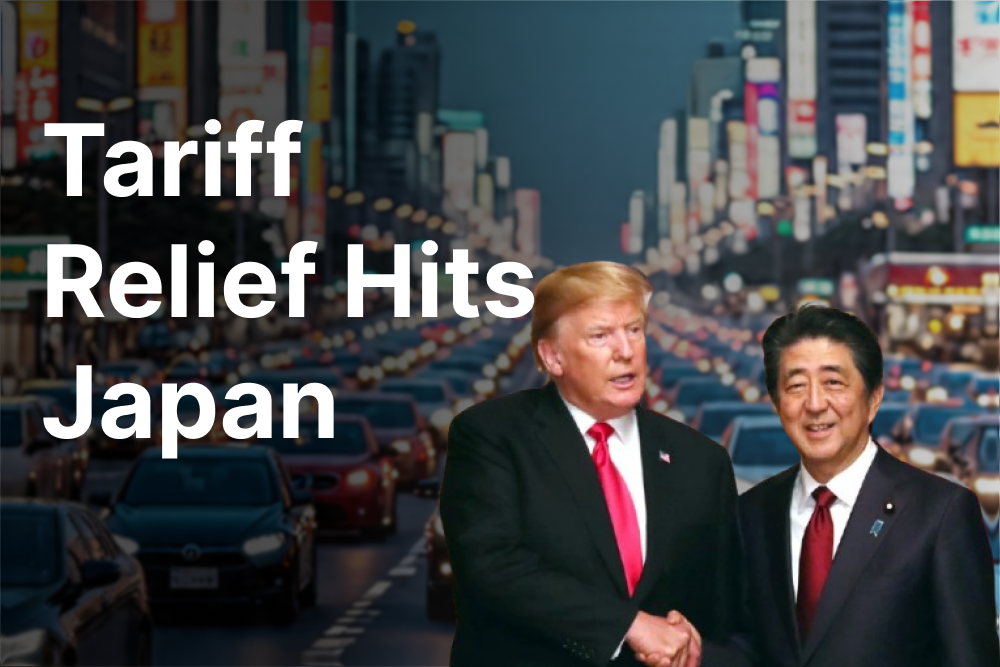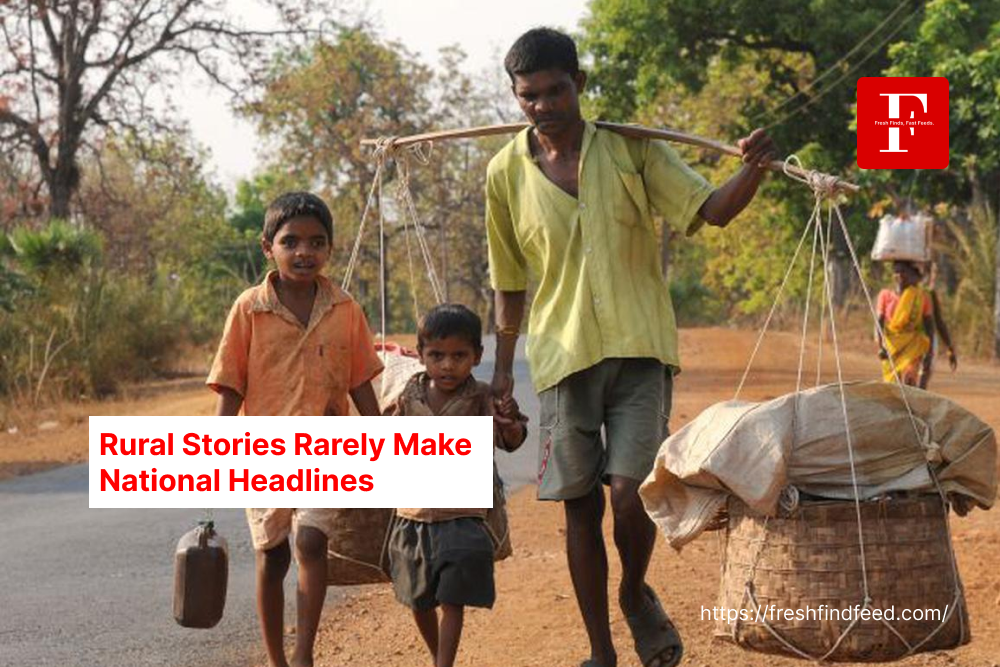The Rural-Urban Divide in Storytelling
India is often described as a nation of villages. Nearly 65% of the population still lives in rural areas, yet if you turn on the evening news, you will find stories dominated by urban headlines—stock markets, city crime, celebrity scandals, or political gossip from Delhi.
This isn’t just an Indian phenomenon. Across South Asia, Africa, and parts of Latin America, rural struggles get buried under city noise. In Nepal, Bangladesh, or Kenya, farmers’ protests are covered briefly before fading away. Rural voices, it seems, are not loud enough for the microphones of mainstream media.
But this silence is dangerous. When rural communities go unheard, the issues that affect the majority—like agriculture, healthcare, and access to education—become invisible in policy-making.
Why Rural Stories Get Ignored
The lack of rural stories in national headlines is not accidental—it is systemic. Several factors explain this erasure:
1. Media Centralization in Cities
Most major newspapers, TV studios, and digital platforms are based in metro cities. Journalists rarely travel to remote areas due to budget cuts, safety concerns, or lack of infrastructure. As a result, stories from villages are seen through second-hand reports, not lived experiences.
2. The “Market Logic” of News
Media is now a business, and businesses chase eyeballs. Advertisers pay for urban audiences with disposable income, not rural farmers struggling with drought. A farmer’s suicide in Vidarbha may matter to locals, but it doesn’t attract the same TRPs as a celebrity wedding in Mumbai.
3. Complexity of Rural Issues
Rural issues like irrigation, crop prices, or healthcare shortages are deeply complex and long-term. They don’t fit neatly into the “breaking news” model of quick updates and dramatic headlines.
4. Political Control
Governments prefer to downplay rural crises because acknowledging them exposes failures in governance. For instance, when farmer protests erupt, official narratives often shift focus to “law and order” rather than the real grievances.
5. Urban Bias Among Journalists
Many young journalists come from urban, English-speaking backgrounds. They often lack rural exposure, making them less likely to prioritize or even understand village realities.
The Price of Silence
The absence of rural voices in national headlines has real consequences.
Policy Blindness: When farmer suicides or rural unemployment are underreported, policymakers feel less pressure to act.
Widening Inequality: The rural-urban divide grows as only urban issues receive attention, resources, and reforms.
Loss of Trust: Villagers lose faith in media institutions, seeing them as elitist and disconnected.
Democracy at Risk: Democracy depends on representation. If 65% of the population rarely makes the news, can it truly be called representative?
The silence, therefore, is not just about media—it is about democracy itself.
Case Studies: Rural Stories That Broke Through
Despite the bias, there are moments when rural stories force themselves into headlines:
India’s Farmers’ Protest (2020–2021): What began as localized agitation grew into a global movement. The size and persistence of the protests made it impossible for media to ignore.
The “Gaon Connection” Model: Independent rural media platforms like Gaon Connection in India focus exclusively on village voices. Their stories often go viral, proving audiences care when stories are told well.
Climate Disasters: Floods in Bihar, droughts in Maharashtra, or landslides in Uttarakhand briefly push rural communities into the spotlight—but often only during tragedy.
These cases prove that rural stories do resonate, but only when they reach audiences through persistence, scale, or disaster.
Voices That Deserve More
Behind every ignored headline, there are communities fighting to be heard:
Farmers struggling with Minimum Support Price (MSP) policies..
Women walking miles for clean water..
Students in rural schools without teachers or internet access..
Villages displaced by dams, mining, or industrial projects..
These are not just “local” issues—they are national, even global. Food security, climate change, and social justice all begin in villages.
How Digital Media Is Changing the Game
The rise of digital platforms has given rural communities new tools to tell their stories:
Smartphones & Social Media: Villagers now record floods, crop damage, or local corruption on their phones, sharing it directly on WhatsApp, Facebook, or YouTube.
Citizen Journalism: Platforms like Khabar Lahariya (run by rural women journalists in India) show how grassroots voices can challenge mainstream narratives.
Podcasts & Blogs: Rural youth are experimenting with podcasts in local languages, ensuring stories reach both local and global listeners.
Digital media doesn’t erase bias, but it does provide a pathway around traditional gatekeepers.
The Role of Alternative Media
Independent and alternative media organizations are playing a critical role in amplifying rural voices:
Khabar Lahariya (India) – Women-led, rural-focused, award-winning journalism.
Gaon Connection – Dedicated to rural news and data journalism.
People’s Archive of Rural India (PARI) – Founded by journalist P. Sainath, this archive documents rural lives in detail.
Such platforms prove that audiences are interested in rural realities when stories are told with depth and authenticity.
What Needs to Change
If rural voices are to be heard, multiple stakeholders must act:
Media Houses: Dedicate more resources and reporters to rural beats, not just during crises.
Government: Ensure transparency and provide easier access to rural data.
Journalism Schools: Train reporters in rural reporting, local languages, and cultural sensitivity.
Urban Audiences: Demand coverage of rural stories instead of settling for celebrity gossip.
Global Platforms: Recognize that rural issues—climate change, food security—are global challenges, not “local” ones.
Global Comparisons: Rural Silence Everywhere
Nepal, Bangladesh, Kenya, and even the United States share a similar problem. In America, rural poverty and opioid addiction are overshadowed by coastal city headlines. In Africa, rural farmers affected by climate change rarely make it into global news cycles.
The rural silence is not just Indian or South Asian—it is a global crisis of representation
The Future: Can Rural Voices Break the Silence?
The answer lies in persistence. Rural communities are no longer waiting for mainstream media—they are building their own. With cheap internet, smartphones, and global solidarity, they are rewriting the narrative.
If the media won’t carry their voices, they will carry their own.
The challenge for national media is clear: listen to the villages, or lose relevance in the world’s largest democracies.
Conclusion
The rural story is not a side note—it is the backbone of the nation. By ignoring it, media risks silencing the majority.
But Gen-Z farmers livestreaming protests, women journalists from Bundelkhand, and alternative platforms like PARI are proving that silence can be broken.
The question is no longer “Can rural voices be heard?”
The question is “When will we start listening?”




